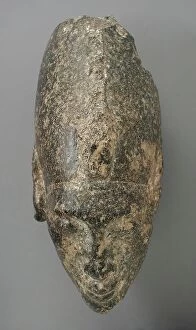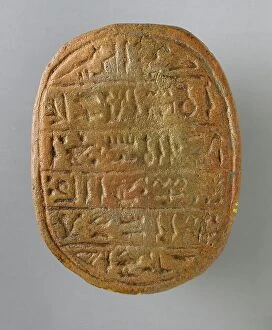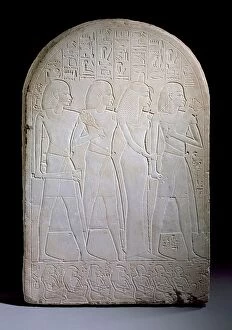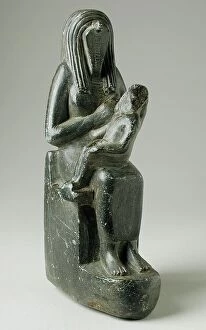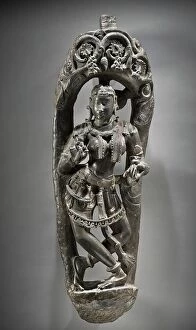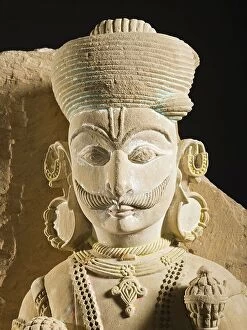Carving Collection (page 8)
Carving, an ancient art form that transcends time and culture, can be found in various corners of the world
All Professionally Made to Order for Quick Shipping
Carving, an ancient art form that transcends time and culture, can be found in various corners of the world. From the enigmatic Uffington White Horse in Oxfordshire, UK to the awe-inspiring La Sagrada Familia in Barcelona, Spain; from the intricate Palenque Xtraterrestrial carvings in Mexico to witnessing a breathtaking sunrise at the White Horse in Uffington, England - carving has left its mark on our planet. Traveling further east, one encounters the mesmerizing bas-relief of the Goddess Sekhmet at the Temple of Seti I in Abydos, Egypt. The statue of Bes at Dendera Temple stands as a testament to ancient Egyptian craftsmanship. These carvings transport us back to a time when gods and goddesses were revered. In Northumberland's Alnmouth village, where River Aln flows into the North Sea, nature itself becomes an artist with its carved landscapes. Meanwhile, within Tanzhe Temple in Beijing resides a Laughing Buddha sculpture that radiates joy and serenity. Cambodia's Angkor Wat temples boast traditional Cambodian apsara dancers frozen forever through stone carving techniques. In New York City's Central Park stands Bow Bridge - an architectural masterpiece adorned with delicate carvings that enhance its beauty. The art is not limited to sculptures alone; it extends even into literature. Agatha Christie's captivating mysteries have carved their place into literary history since 1924. And who could forget Michelangelo's iconic Statue of David? This marble marvel showcases human perfection achieved through masterful chiseling techniques. Carving connects us across continents and centuries by preserving stories and emotions within solid forms. It allows us to appreciate both natural wonders and human creativity while reminding us of our shared humanity regardless of borders or backgrounds.


















